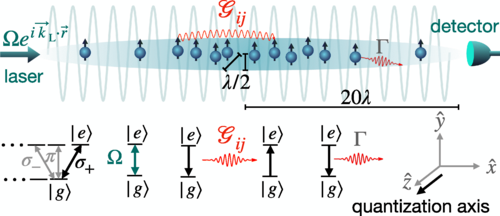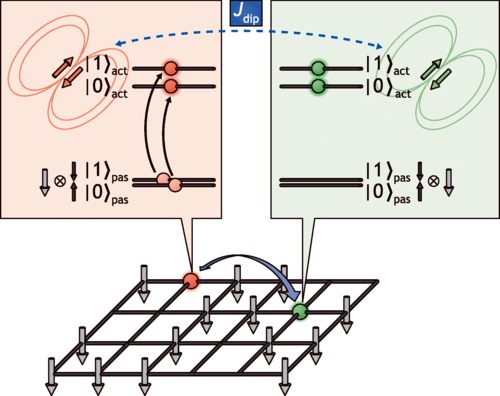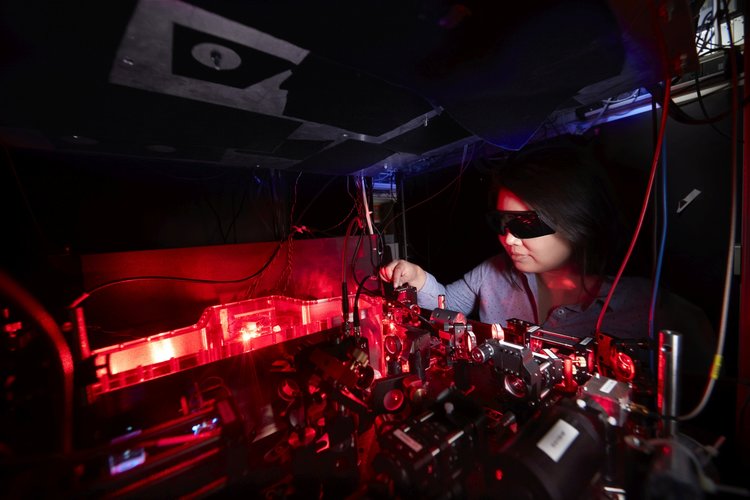Superradiance is a quantum phenomenon where atoms emit light collectively when interacting with cavity photons. This effect has been well-studied in optical cavities but remains elusive in free space due to synchronization challenges.
In optical cavities, atoms can synchronize their photon emissions due to interactions with photons bouncing between mirrors. When moderately excited by an external laser, these atoms can achieve a balanced state of light absorption and collective emission. However, beyond a certain laser energy threshold, the system becomes unstable as atoms cannot emit light collectively fast enough to match the incoming energy.
Recent research at the Laboratoire Charles Fabry and Institut d’Optique in Paris reported a potential observation of this phase transition in free space, using an elongated cloud of atoms. These findings prompted investigation from JILA and NIST Fellow Ana Maria Rey and her team, who collaborated with international experimentalists to better understand the results.
Through theoretical simulations, Rey’s team discovered that atoms in free space can only achieve partial synchronization, suggesting the free-space experiment did not observe a true superradiant phase transition. The researchers developed a model treating each atom as a dipole, considering their interactions with both laser light and photons emitted by other atoms.
The simulations revealed that while free-space and cavity systems might behave similarly within a narrow range of laser intensities and atom densities, they generally exhibit distinct characteristics. In free space, as laser power increases beyond a threshold, collective effects diminish, and atoms behave more like independent emitters rather than a coordinated group.
A key challenge in studying free-space systems is their complexity compared to cavity systems. While cavity interactions increase linearly, free-space interactions can grow exponentially with system size. The research team found that a “mean-field approximation,” treating atoms as classical magnets, adequately reproduced the observed physics.
This study highlights the importance of theory-experiment collaboration in physics research. While the current simulations successfully explained experimental observations in dilute systems where mean-field approximation applies, new theoretical approaches will be needed to study denser systems where quantum effects become more prominent. The findings open new avenues for research in quantum physics and demonstrate the value of combined theoretical and experimental approaches in understanding complex quantum phenomena.
Reference: “Directional Superradiance in a Driven Ultracold Atomic Gas in Free Space” by Sanaa Agarwal, Edwin Chaparro, Diego Barberena, A. Piñeiro Orioli, G. Ferioli, S. Pancaldi, I. Ferrier-Barbut, A. Browaeys and A.M. Rey, 3 December 2024, PRX Quantum. DOI: 10.1103/PRXQuantum.5.040335




